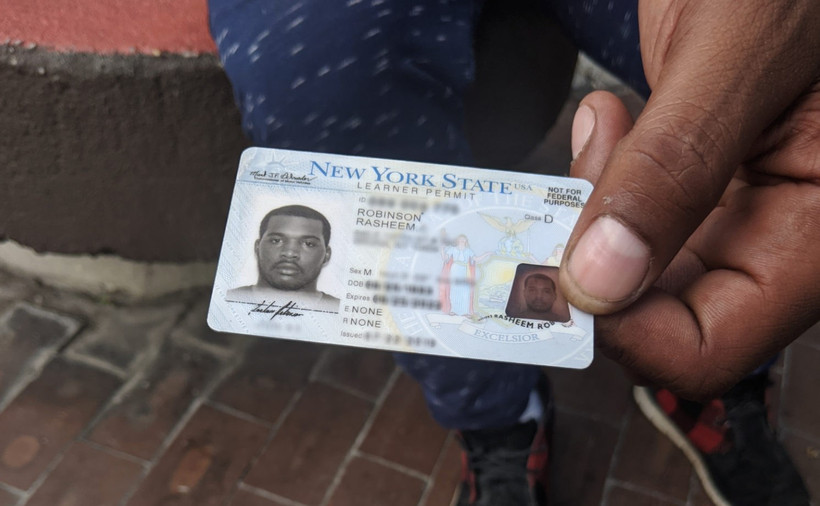Recently Jailed New Yorkers Struggle When Dumped on Street With No ID
Leaving Rikers Island, many former detainees can’t rent apartments or get jobs - because the city lost their ID.

Leaving Rikers Island, many former detainees can’t rent apartments or get jobs - because the city lost their ID.

BEFORE YOU GO, consider: If not for the article you just read, would the information in it be public?
Or would it remain hidden — buried within the confines of New York’s sprawling criminal-legal apparatus?
I started working at New York Focus in 2022, not long after the outlet launched. Since that time, our reporters and editors have been vigorously scrutinizing every facet of the Empire State’s criminal justice institutions, investigating power players and the impact of policy on state prisons, county jails, and local police and courts — always with an eye toward what it means for people involved in the system.
That system works hard to make those people invisible, and it shields those at the top from scrutiny. And without rigorous, resource-intensive journalism, it would all operate with significantly more impunity.
Only a handful of journalists do this type of work in New York. In the last decades, the number of local news outlets in the state has nearly halved, making our coverage all the more critical. Our criminal justice reporting has been cited in lawsuits, spurred legislation, and led to the rescission of statewide policies. With your help, we can continue to do this work, and go even deeper: We have endless ideas for more ambitious projects and harder hitting investigations. But we need your help.
As a small, nonprofit outlet, we rely on our readers to support our journalism. If you’re able, please consider supporting us with a one-time or monthly gift. We so appreciate your help.
Here’s to a more just, more transparent New York.

They want to beef up the powerful but little-known State Commission of Correction.
Nantwi’s cellmate, the only incarcerated witness in the room as guards allegedly killed the 22-year-old, speaks out for the first time.
The legislature rejected Hochul’s central public safety policy priorities while embracing proposals to increase prison oversight.
Longstanding perks like premium-free insurance could be at risk due to a city budget crunch.
The campaign has created 64 public fundraising web pages for people to raise money on its behalf. But it didn’t disclose any intermediaries.
Roughly 60,000 children will lose vouchers over the next year without more funding.
The state is pushing ahead on all-electric buildings, but a draft update to the building code leaves out other key recommendations from the state’s climate plan.
The state has yet to publish a building code update, promised in December, which should include requirements to phase out fossil fuel appliances in new homes.
The Bronx Community Foundation spent almost none of the funds it raised for victims of the 2022 Twin Parks apartment fire.